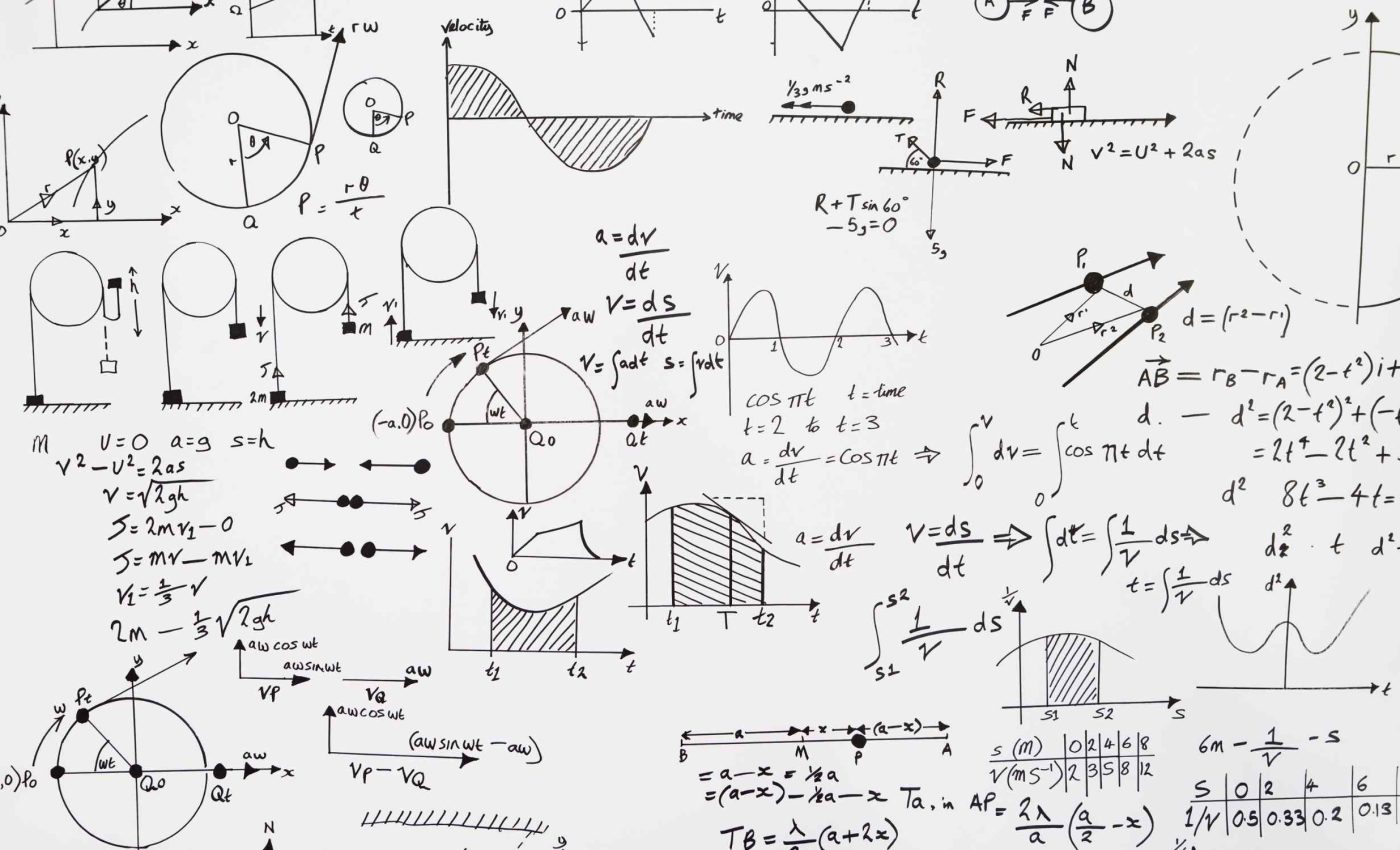
Mathematicians may have solved a 125-year-old problem linking the laws of physics
In 1900, David Hilbert listed 23 challenges that baffled mathematicians worldwide. One of those problems, known as Hilbert’s sixth problem, questioned whether math could capture the deepest laws of physics.
Researchers say they may have settled that debate.
Yu Deng from the University of Chicago, with his colleagues Zaher Hani and Xiao Ma from the University of Michigan, have unveiled a framework that could connect classical mechanics and thermodynamics under a single mathematical umbrella.
Bridging micro and macro physics
Many theories describe how tiny particles move, but it has been a struggle to match them with large-scale equations.
The team’s work suggests an approach that moves from Isaac Newton’s view of individual particles to macroscopic fluid equations in a logically consistent way.
They rely on Boltzmann’s kinetic theory, which focuses on the probability of particles having particular velocities.
This theory then links to classical equations like the Navier-Stokes system, used to describe fluid flow in air and water.
Combining collisions and time
A key obstacle has been the messiness of real-world collisions. Short timescales and varying speeds lead to complex outcomes, especially when two particles bounce off each other.
In earlier work, Oscar Lanford proposed a partial solution that worked for brief durations. This team extended those ideas, showing that Boltzmann’s equation holds much longer than previously known.
How time plays tricks in physics
One of the toughest issues in this problem has been time itself. At the level of Newton’s laws, time is symmetric – you can run the equations forward or backward and still get a valid result.
But in thermodynamics, time clearly moves in one direction. That mismatch has puzzled scientists for over a century.
The researchers tackled this head-on by designing their methods to avoid contradictions. They used Feynman diagrams to keep track of how particle interactions unfold over time without introducing paradoxes.
Their approach helps explain how time’s direction appears to emerge from rules that don’t favor any direction at all.
Fluid physics equations
On a larger scale, mathematicians often rely on the Navier-Stokes equations. These describe how fluids behave, yet connecting them firmly back to basic laws has remained unsolved.
Hence, the recent findings unify three levels: individual collisions, the kinetic picture, and classical fluid models. Such a unified view could refine how we forecast weather or design efficient engines.
Implications of fluid physics math
The practical implications of this work on Hilbert’s sixth problem stretch beyond math.
The researchers believe their equations could help improve how we model air and ocean flow, especially in complex environments like hurricanes or turbulent currents.
These settings are full of moving fluids that behave differently at different scales, making them ideal candidates for a unified approach.
By offering a bridge between the movement of individual particles and large-scale behavior, the framework could refine how climate models account for heat and momentum.
Since the Navier-Stokes and Euler equations are used in weather simulations, adding deeper mathematical grounding could increase their accuracy and reliability – especially when tackling long-term predictions.
Why it matters to science
This type of result is special because it answers a fundamental question set out 125 years ago.
If confirmed by peer review, the broader impact might reshape how scientists link micro-level physics to large-scale phenomena.
It also adds mathematical clarity to processes like turbulence, where molecules smash into each other rapidly.
Such clarity has practical benefits, including better ways to handle environmental flows or study atmospheric changes.
What happens next?
The work appears as a preprint, which means it still awaits formal peer evaluation.
Meanwhile, those in mathematical physics are exploring further implications, such as potential applications to plasma science or geophysical fluid dynamics.
The authors believe that verifying these methods under broader conditions is the next challenge. Their proof might inspire further research on complex fluids or even quantum systems.
Physics, math, and fluids
This 125-year-old puzzle stood out as a test of how far pure math could reach into physical laws.
The group’s fresh perspective may bring mathematicians and physicists closer on long-standing mysteries about time, motion, and irreversibility.
Their analysis also opens doors to improvements in computational models that require consistent frameworks from the atomic level up to fluid equations. Specialists will watch closely as these ideas move from preprint to peer review.
The study is published in arXiv.
—–
Like what you read? Subscribe to our newsletter for engaging articles, exclusive content, and the latest updates.
Check us out on EarthSnap, a free app brought to you by Eric Ralls and Earth.com.
—–













